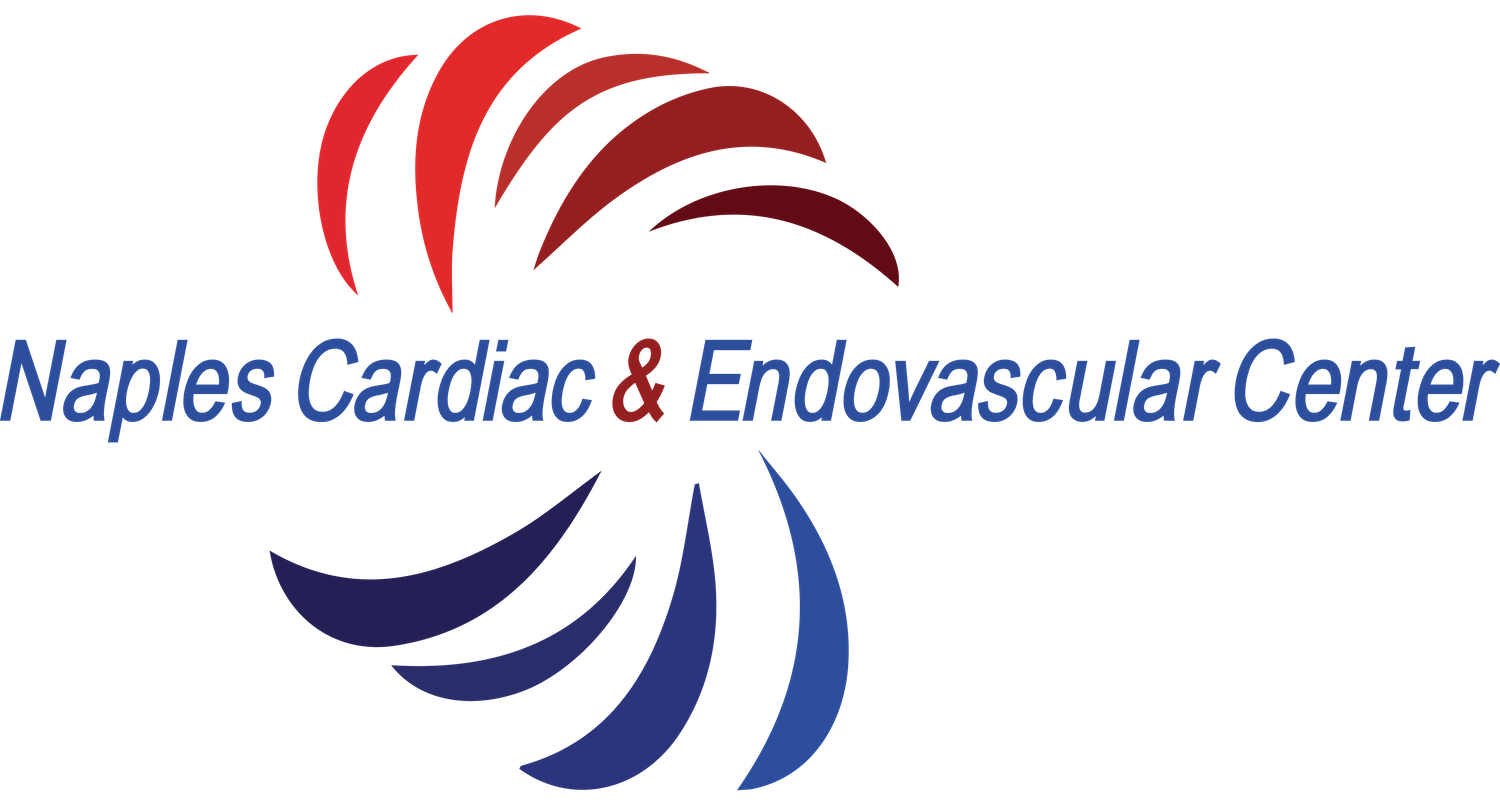Claudication overview
Claudication (“Claudicare” to limp) refers to the constellation of symptoms that occur when the blood supply to your extremities is reduced.
Claudication is often characterized by leg discomfort that is precipitated by physical activity such as walking, climbing stairs, running, dancing and it can involve the buttocks area, the upper and lower thighs as well as the calves.
Dr. Leandro Perez shares a brief overview of claudication.
Symptoms of claudication
Claudication is often described as leg discomfort, leg cramps, leg heaviness, muscle tightening, tired legs, aching legs; these symptoms are worsened with physical activity and typically resolve with rest or sitting down. A certain number of patients may experience atypical symptoms that are different from those who have “classic claudication”.
What causes claudication?
The cause of claudication is a reduction in the blood supply of the affected extremity; this reduction in blood supply is predominantly caused by arterial plaque build-up causing a partial or total blockage of the blood vessel. The risk factors for atherosclerosis are the same factors that cause claudication.
Claudication diagnosis
In most cases, the diagnosis is made obtaining a comprehensive history of your symptoms and your prior medical history in combination with a detailed physical examination. Imaging studies are recommended to localize the problem and quantify the severity of the blockage. Imaging studies may include the ankle-brachial index (ABI), vascular Doppler examination, tomographic studies (CAT scan), magnetic resonance studies (MRI scan) and invasive catheter-based arteriogram studies.
How is claudication treated?
The best treatment for claudication is determined by how the problem is affecting your quality of life. Options include conservative therapy, like medications, supervised exercise and risk factor control; in patients who fail conservative therapy, the treatment options may include an angioplasty procedure or a surgical procedure to restore the blood flow to your extremity.
To request a consultation click below or call (239) 300–0586

















